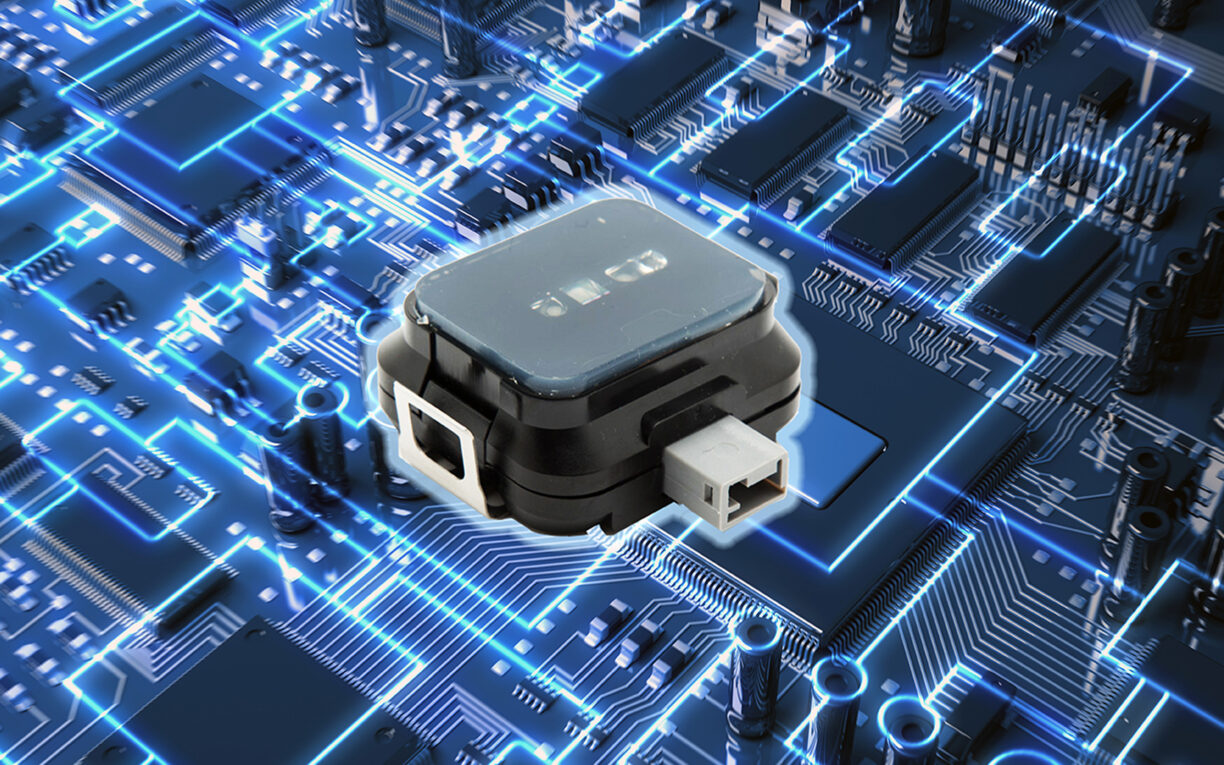Sensors form the backbone of modern technology and are essential components in countless devices ranging from our smartphones to advanced manufacturing systems. Though often unseen, sensors play a vital role in enabling many aspects of our daily lives. This article delves into the various types of sensors, their working principles, and some key applications demonstrating their widespread use.
Common Sensor Types
There are many different sensor classifications based on what physical property they measure. Some of the most commonly used sensor types include:
Temperature Sensors
As the name suggests, temperature sensors detect and measure temperature. Examples include thermocouples, thermistors, and liquid-in-glass thermometers. Such sensors find application in temperature control systems, environmental monitoring, and medical equipment.
Motion Sensors
Motion sensors detect movement or a change in position. Common varieties are proximity sensors, accelerometers, and gyroscopes. They are integral to devices like smartphones, gaming consoles, VR/AR headsets, and automated industrial machinery.
Image Sensors
Image sensors convert light patterns into digital signals. The most prevalent image sensor today is the charge-coupled device (CCD) and complementary metal-oxide-semiconductor (CMOS) image sensors found in cameras and video recorders.
Biosensors
Biosensors measure properties related to living organisms like glucose, DNA, proteins, etc. Examples include electrochemical glucose sensors used in diabetes monitoring and biosensor implants for medical diagnostics.
Chemical Sensors
Chemical sensors identify and quantify specific chemicals or gases in the surrounding environment. They are applied for air quality monitoring, leak detection, environmental monitoring, and chemical process control.
Working Principles of Common Sensors
While Sensor types vary widely, most operate based on a few core principles:
Transduction: Sensors convert the measured physical parameter like temperature into an electrical signal like voltage that can be read by electronic devices. This process of transduction relies on physical or chemical effects.
Sensitivity: The sensitivity refers to how well the sensor can detect small changes in the measured parameter. Highly sensitive sensors are needed for applications demanding precise measurements.
Selectivity: For sensors detecting specific chemicals/gases, selectivity is important. It determines if the sensor only responds to the target analyte and not other interfering substances.
Calibration: Most sensors require calibration to correlate their electrical output to actual measured values of the physical quantity. Regular calibration ensures measurement accuracy is maintained over the sensor’s lifespan.
Key Sensing Applications
The diversity of sensors has enabled a vast range of applications across industries:
Consumer Electronics
Motion sensors power fitness trackers, proximity sensors enable touchscreens, image sensors are at the heart of digital cameras and smartphones.
Automotive
Countless sensors monitor engine parameters, emission control, driver assistance features like parking. ADAS systems rely on radars, lidars, and vision sensors.
Industrial Automation
Sensors enable predictive maintenance, quality control, automation, process optimization in manufacturing facilities of all kinds – from factories to oil rigs.
Smart Homes
Sensors and controllers integrated into household appliances, lighting, security systems provide comfort, convenience and energy efficiency.
Healthcare
Biosensors, temperature sensors, heart rate sensors etc. have revolutionized patient monitoring, diagnostics, treatment and enabled remote healthcare access.
Future of Sensors
As technologies evolve, sensor capabilities will continue advancing. Upcoming sensor types may include quantum sensors harnessing quantum effects for ultra-precise measurements. Nanosensors and flexible/wearable sensors promise miniaturization for novel applications. Edge computing and AI will enhance sensing to enable more autonomous systems and smart infrastructure. Overall, sensors will remain indispensable in enabling the technologies of tomorrow.
*Note:
1. Source: Coherent Market Insights, Public sources, Desk research
2. We have leveraged AI tools to mine information and compile it

